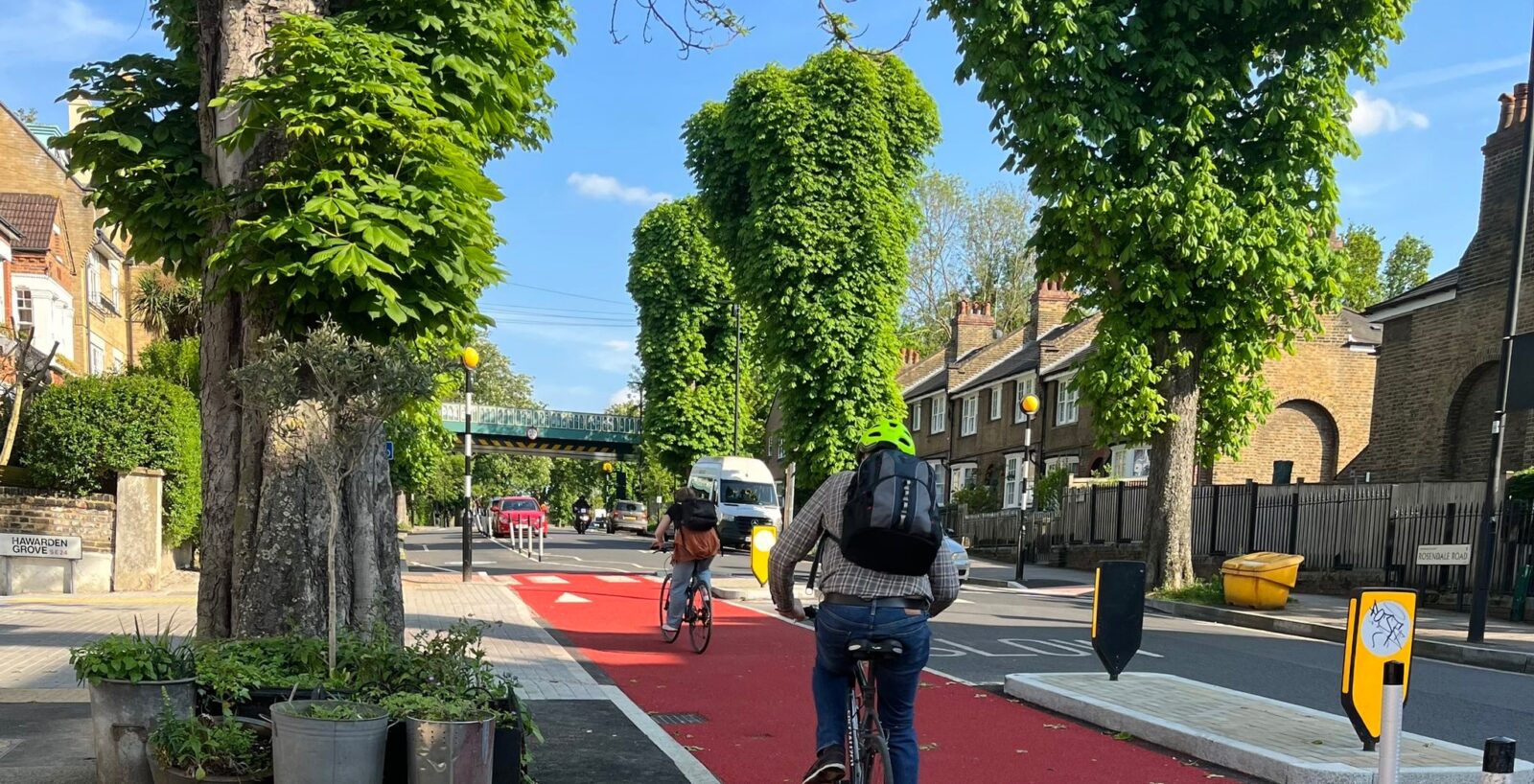
Cllr Claire Holland, Leader of Lambeth Council, said: “We welcome the judge’s decisive ruling today, dismissing the claims on all counts.
“Lambeth has been clear from the start that we had to act swiftly and urgently in the face of the huge challenges that the coronavirus pandemic posed to our borough, and in particular the immediate risk of it making existing inequalities on our streets and in our neighbourhoods worse.
“The council has set out from the outset that implementing measures to make our streets safer and healthier was fully in line with statutory guidance and national policy objectives. We rejected any suggestion that these schemes are discriminatory in any way or were installed illegally.
“We’re glad that the judgement is clear on that, and particularly that considerations of equality were accounted for at the earliest stage of the LTN. The judgement also reinforces our approach of continuing to consider those objectives using data collected throughout the experimental period, ensuring that the impacts on those most at-risk remains front and centre of our approach.
“The start of the Covid-19 pandemic saw capacity on public transport reduced by up to 80 per cent to accommodate social distancing. With around 60 per cent of households in Lambeth not having access to a car, and with access typically lower for women, Black and disabled residents in particular, we needed to make our streets safer to enable them to walk, cycle, scoot or wheel safely in their local area and access local facilities during the pandemic.
“The council’s response was an emergency transport plan, produced last summer for the benefit of all Lambeth’s residents but primarily focused at tackling the acute inequalities that we envisaged the pandemic would exacerbate in our borough. This plan included pavement widening, temporary walking and cycling infrastructure and low traffic neighbourhoods.
“The council is carrying out regular, detailed, open and transparent monitoring of the programme and has already taken on board feedback from local people to make improvements where necessary.
“We will now redouble our efforts to involve all of our communities in a conversation about how we rebalance our streets so that they are more equal, safer and put people first.”



